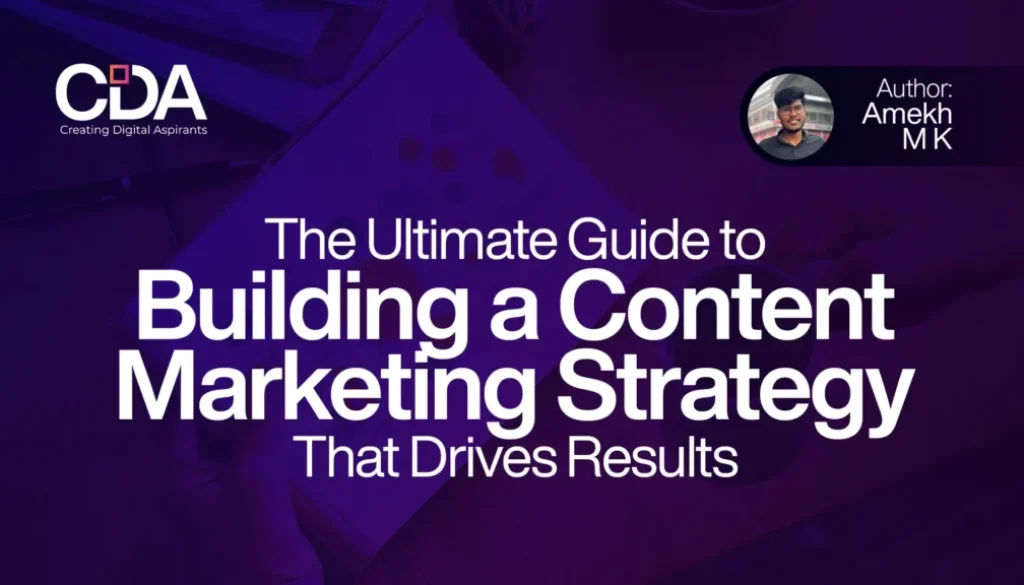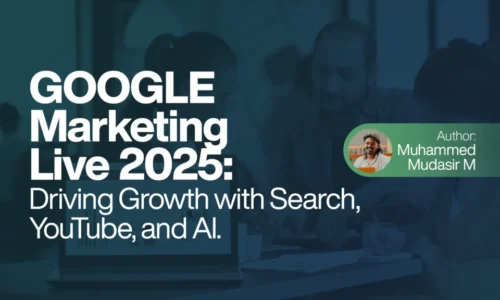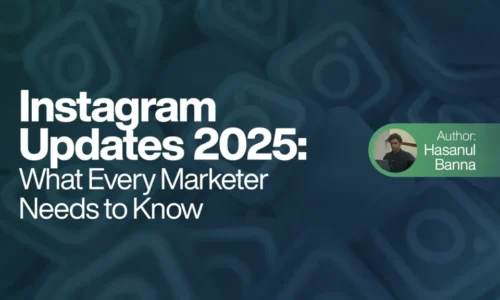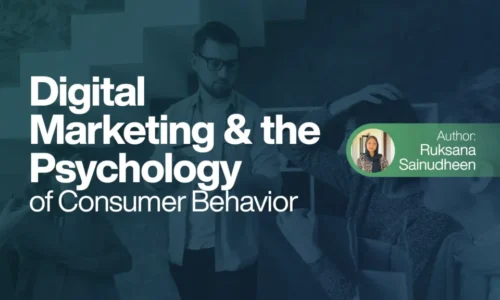Ultimate Guide to Building a Content Marketing Strategy That Drives Results
Content marketing has evolved from a nice-to-have to a must-have strategy for businesses of all sizes. In today’s digital world, creating valuable, relevant content is one of the most effective ways to engage audiences, build brand awareness, and drive conversions. But simply creating content isn’t enough. To truly make an impact, you need a well-defined content marketing strategy.
In this blog, we’ll walk you through the steps to build a content marketing strategy that not only drives traffic but also aligns with your business goals.
Table of Contents
1. Define Your Content Marketing Goals
- Before jumping into content creation, it’s crucial to clearly outline what you aim to accomplish. Your goals will shape each part of your strategy, from the topics you cover to the channels you use for distribution. Here are some typical content marketing objectives:
- Increase website traffic
- Boost brand awareness
- Generate leads or conversions
- Educate your audience about your product or industry
- Build customer loyalty and retention
Pro Tip: Set SMART goals—Specific, Measurable, Achievable, Relevant, and Time-bound. For example, “Increase organic website traffic by 20% in six months” is a SMART goal that can guide your strategy more effectively.
2. Understand Your Audience with Buyer Personas
Connecting with your target audience through content is essential. To achieve this, create buyer personas—comprehensive profiles that represent your ideal customers. These personas should cover demographic details, challenges, objectives, and preferred content types. Consider questions like:
- What are their biggest challenges?
- Where do they spend time online?
- What type of content do they find valuable?
By tailoring your content to specific personas, you can increase engagement and make your marketing efforts more effective.
3. Conduct a Content Audit
If you’ve been producing content for some time, a content audit will help you understand what’s working and what isn’t. Review your existing content to see which pieces drive the most traffic, engagement, and conversions. This process will reveal any content gaps and allow you to repurpose high-performing content.
A content audit also helps you eliminate outdated content and ensures your strategy aligns with your brand’s current goals.
4. Choose Content Types and Channels
Content formats and platforms each have unique strengths. Various types of content fulfill different objectives:
- Blog posts and articles for SEO and building authority
- Videos for engagement and visual storytelling
- Infographics for data-heavy information
- E-books and white papers for lead generation
- Social media posts for brand awareness and engagement
Consider where your audience spends time and match the content type to the platform. For example, LinkedIn might be ideal for sharing white papers in a B2B context, while Instagram could be better suited for visual content aimed at a younger audience.
5. Develop a Content Calendar
A content calendar helps you plan and organize your content production and distribution. It ensures a consistent flow of content, which is crucial for building an engaged audience. When creating your calendar, consider:
- Content topics and themes
- Publishing dates and times
- Content types (blogs, videos, social posts, etc.)
- Distribution channels
- Key performance indicators (KPIs) for each piece of content
Using a content calendar also allows you to plan around holidays, industry events, and product launches, helping you stay relevant and timely.
6. Create High-Quality, Valuable Content
The heart of any successful content marketing strategy is value. Your content should be engaging, informative, and solution-oriented, addressing your audience’s needs and pain points. Consider the following to improve content quality:
- Research thoroughly and provide insights your audience can’t find elsewhere.
- Add visuals such as images, charts, and infographics to make complex ideas more digestible.
- Optimize for SEO by including relevant keywords, meta descriptions, and a clear URL structure.
- Use clear calls-to-action (CTAs) to guide readers on what to do next.
Remember, content that prioritizes value over promotion builds trust, credibility, and engagement.
7. Distribute Your Content Effectively
Publishing great content is only half the battle; you also need a distribution plan to reach your audience. Here are a few distribution tactics:
- Social Media: Distribute your content on social platforms where your audience is most engaged.
- Email Marketing: Send your latest content to your subscriber list.
- Paid Advertising: Use PPC, sponsored posts, and other paid channels to amplify your content.
- Collaborations: Partner with influencers, industry experts, or complementary brands to increase reach.
- Content Syndication: Republish your content on platforms like Medium, LinkedIn, and industry sites to extend its reach.
8. Measure and Optimize Your Content Strategy
A data-driven approach is essential to continually improve your content marketing strategy. Track metrics like:
- Traffic: How many people are visiting your content?
- Engagement: Are people reading, sharing, and commenting on your content?
- Conversions: Is your content leading to email sign-ups, purchases, or other desired actions?
- Bounce Rate and Time on Page: Are users spending time on your pages or leaving quickly?
Use these insights to refine your strategy. For instance, if blog posts on specific topics generate more engagement, consider creating additional content in that area.
9. Repurpose and Reuse High-Performing Content
Maximize the reach of your successful content by repurposing it in new formats. For example, turn a popular blog post into an infographic, video, or social media series. This approach saves time, extends the lifespan of your content, and allows you to reach different segments of your audience.
10. Stay Agile and Adapt to Changes
As the digital landscape continually changes, your content marketing strategy should adapt along with it.Stay updated with the latest trends, from new SEO practices to emerging social media platforms, and be ready to adapt your strategy as needed.
Conclusion
Building a successful content marketing strategy takes time, research, and adaptability. But with a clear vision, well-defined goals, and a commitment to producing valuable content, you can create a strategy that not only drives traffic but also fosters long-term relationships with your audience.
By following these steps, you’ll be well on your way to a content marketing strategy that delivers measurable results and keeps your brand top of mind for your target audience.
Author Info
Amekh, Digital Marketing Strategist In Calicut.
Learner of CDA Online Digital Marketing Course.



